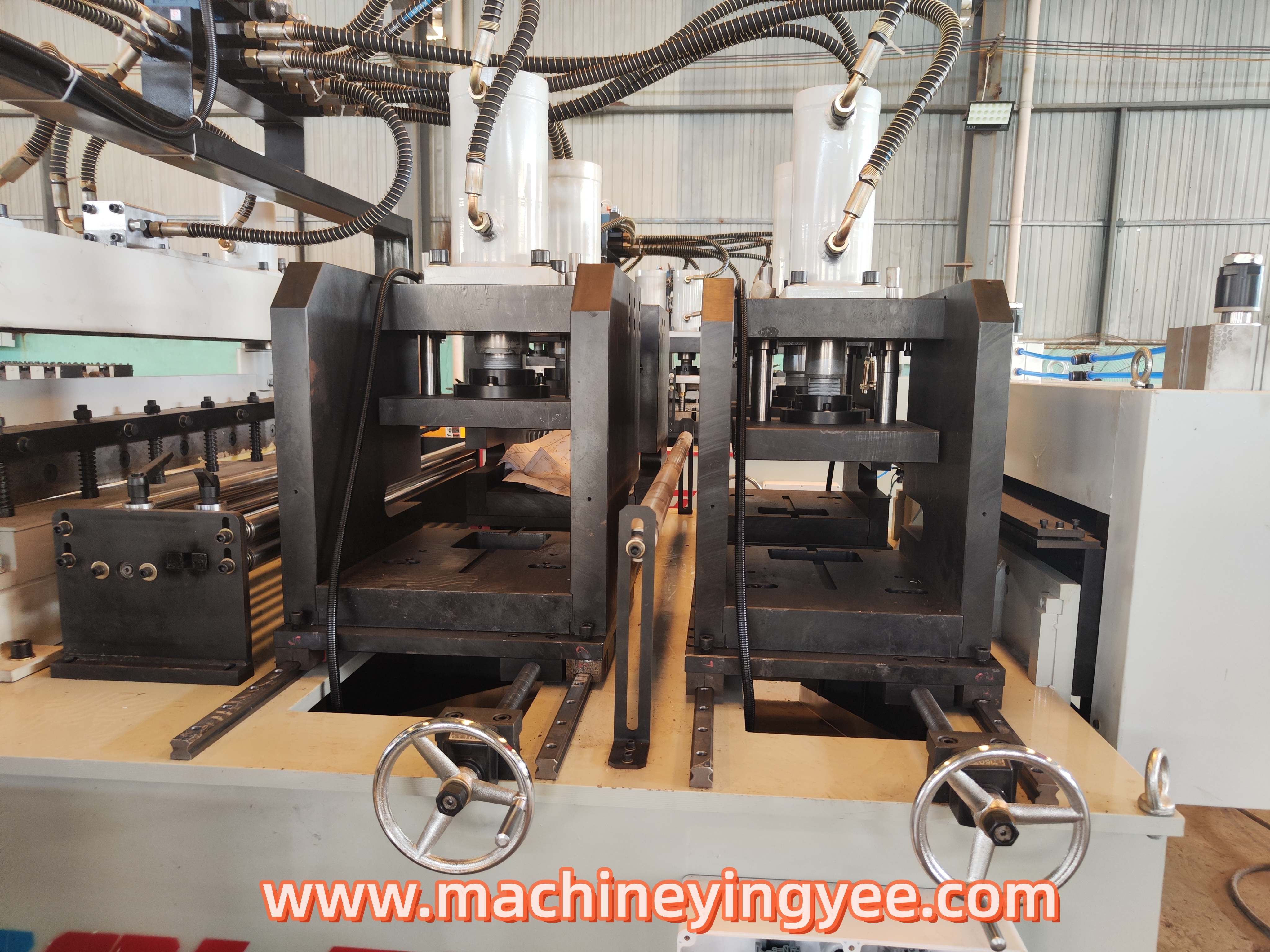
Understanding the Cut-to-Length Line Machine A Key Player in Modern Manufacturing
In the realm of modern manufacturing, efficiency and precision are paramount. One of the indispensable tools that facilitate these requirements is the cut-to-length line machine. This specialized equipment is designed to process raw materials into specific lengths, optimizing production and reducing waste. In this article, we will explore the functionality, advantages, and applications of cut-to-length line machines, shedding light on why they are essential in various manufacturing sectors.
What is a Cut-to-Length Line Machine?
A cut-to-length line machine is a processing system that takes continuous rolls or sheets of material—typically metal or other flat stock— and cuts them into predetermined lengths. This process can accommodate a variety of materials, including steel, aluminum, or composite materials. The equipment operates through a series of steps, which may include unwinding the material, leveling it, cutting it to the desired length, and stacking the finished products for further processing or shipping.
The operation of a cut-to-length line machine generally involves
1. Unwinding This is the initial stage where the material is fed into the machine from a coil or a stack. 2. Leveling Many materials can be slightly distorted or curled in their rolled state. Leveling units within the machine flatten the material to ensure uniformity during cutting.
3. Cutting Once leveled, the material is precisely measured and cut into specified lengths using high-speed shear cutters or saw blades.
4. Stacking Finally, the finished pieces are stacked neatly for easy handling and subsequent operations.
Advantages of Cut-to-Length Line Machines
The cut-to-length line machine offers numerous benefits that make it an attractive choice for manufacturers. Here are some of the key advantages
1. Increased Efficiency These machines can process large volumes of material quickly, significantly reducing production time compared to manual cutting methods. This efficiency is crucial in meeting tight deadlines.
2. Precision and Consistency Automation within cut-to-length systems ensures that each cut is made with high precision. This consistency is vital for industries that require exact measurements to maintain product quality and interoperability.

3. Material Waste Reduction By accurately cutting materials to the desired lengths, manufacturers can minimize waste, promoting a more sustainable production process. This efficiency not only saves costs but also benefits the environment.
4. Versatility Cut-to-length line machines can handle various materials and can be tailored to meet specific production needs. This adaptability makes them suitable for multiple industries, from automotive to construction.
5. Labor Savings With automated systems, the need for manual labor decreases, allowing businesses to allocate personnel to more value-added tasks.
Applications Across Industries
Cut-to-length line machines are versatile and find applications in a variety of industries
1. Automotive Manufacturing In the automotive sector, these machines are used to cut metal sheets and components that are essential for vehicle assembly.
2. Construction Industry Steel and aluminum sheets are cut to length for use in structural applications, ensuring that construction projects have the exact materials needed.
3. Metal Fabrication Fabricators employ cut-to-length machines to prepare raw materials for further processing, such as welding or assembling finished products.
4. Aerospace Precise cutting of lightweight materials is crucial in aerospace manufacturing, where every gram counts.
5. Homeland Security Some cut-to-length systems are employed to create components for protective gear and equipment used in security applications.
Conclusion
In conclusion, the cut-to-length line machine is a vital element in the manufacturing landscape, providing benefits such as enhanced efficiency, precision, and waste minimization. As industries continue to evolve and seek ways to optimize production processes, the importance of such technologies will only increase. With its ability to adapt to various materials and applications, the cut-to-length line machine stands as a testament to the advancements in automation and manufacturing techniques. Embracing this technology can lead to significant improvements in productivity and sustainability across diverse sectors.